The number of cocktail glasses and other types of glassware created for serving alcoholic beverages is perhaps as varied as the number of drinks that can be served in them. From beer and wine to more complex mixed beverages like hurricanes and margaritas, you can be assured that the perfect glass exists for each and every cocktail!
If you’ve ever felt overwhelmed by the number of glasses found in professional bars, if you’re wondering how to elevate the authenticity of your home bar, or if you don’t even know where to start when serving your own beverages, this is the guide for you.
Contents
- 1 Types of Cocktail Glasses
- 2 Wine Glasses
- 3 Champagne Glasses
- 4 Beer Glasses
- 5 Cocktail Glasses
- 6 Specialty Drinks
- 7 Whiskey and Bourbon
- 8 Glasses for Neat Liquor
- 9 Liqueur
- 10 Aesthetic Glassware
- 11 Why Use Different Types of Cocktail Glasses?
- 12 Cocktail Glass Materials
- 13 Cocktail Glass Features
- 14 Cocktail Glass Styles
- 15 Summing Up
Types of Cocktail Glasses
Wine Glasses
Wine glasses have been designed with the same kind of complexity and precision involved in the winemaking process. Because temperature is a particularly important variable when serving wine, wine glasses are stemmed to prevent the heat of one’s hand from warming the liquid within the bowl. The shape of the wine glass itself delivers the wine to the palate in a way that best accentuates the wine’s layered and complex flavors, while the width of a wine glass’s rim is designed with the aromas of various wine styles in mind.
Red Wine Glass
Red wine glasses tend to have larger bowls—they may be taller and wider than white wine glasses. In most cases, red wines are thicker wines with bolder flavors, so this larger bowl size helps to deliver the intense aromas and flavors of red wine to the drinker’s nose and palate. In many cases, the widest part of the bowl tapers to a narrower rim, which helps to direct the full force of the aroma to the nose with every sip.
White Wine Glass
White wine glasses appear very similar to red wine glasses, but the widest parts of the bowl and rim are smaller than the dimensions of red wine glasses. While this means that there is less air volume between the wine and the top of the glass, white wines often have lighter flavors and aromas that don’t need as much space to mix and mingle for the drinker’s delight.
Port and Sherry Glass
Dessert wines like port and sherry are sweeter and more pungent than red and white wines. As such, they are well deserving of their own glassware. These glasses direct the wine to the back of the mouth for a less overwhelming experience, and the glasses’ smaller size encourages the bartender to pour appropriate portions—since port and sherry tend to have a higher alcohol volume than red and white wines, it can be easy to overserve.
Champagne Glasses
Champagne glasses set themselves apart from red and white wine glasses with their narrower, taller bowl and inward-tapered rim. This design helps to contain the champagne’s crisp carbonation, preventing the drink from going flat and losing its charm. Like their wine glass cousins, champagne glasses sport long stems to prevent the hand’s hot temperatures from negatively affecting the drinking experience.
Some champagne glasses even have an imperceptible notch at the bottom of the bowl to promote the constant rise of bubbles that is so characteristic of a refreshing glass of champagne.
Champagne Flute
Champagne flutes are tall, straight, and slender. This design appears particularly clean and sharp, a classy addition to any formal gathering. Just be careful not to overfill the glass! Champagne glasses, including champagne flutes, are not designed to be filled to the brim. Give the aroma some area to play at the drinker’s nose.
Champagne Tulip
Some people prefer the champagne tulip glass over the champagne flute, primarily due to the wider diameter of its bowl. Akin to the difference between red wine and white wine glasses, champagne tulips provide more area for the champagne’s aromas to mix and mingle, eventually making their way to the drinker’s nose for a more intense experience.
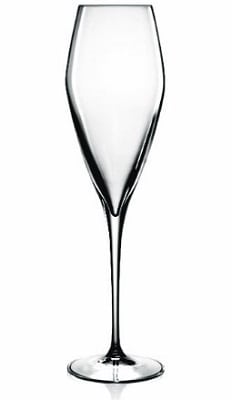
Champagne Saucer
Also called a champagne coupe, champagne saucers hearken back to the early 1900s when a wider and more shallow bowl was the most popular vessel for a glass of fine champagne. At the time, champagne contained more syrup than the modern beverage, making the champagne saucer an ideal choice for serving. Due to the wide rim and bowl base, the champagne saucer is no longer the best way to contain the aromas and crisp, bubbly nature of today’s champagne.
Coupe Glass
The couple glass is another name for the champagne saucer described above. While no longer preferred for champagne, the coupe glass has been adopted by some cocktail connoisseurs as a vessel for craft cocktails such as the Martinez, the Side Car, and the Aviation.
Nick and Nora Glass
A specialty alternative to the coupe glass, Nick and Nora glasses are one of the trendier types of glassware making their way around the bartending circuit. Bell-shaped and resembling a smaller wine glass, these glasses hold anywhere between three and six ounces.
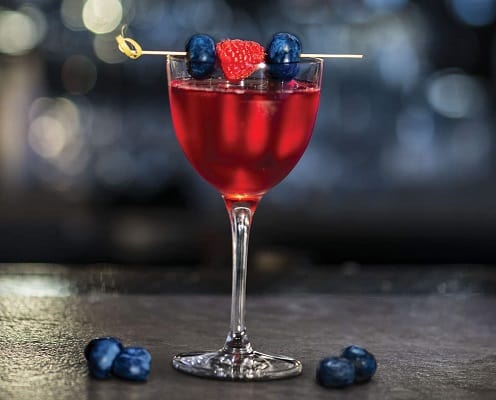
Beer Glasses
Pint Glass
Pint glasses are the most commonly used glasses to serve beer. Even if the beer you’ve acquired for your next gathering is in bottles or cans, pouring those servings into a pint glass will allow your guests to more easily taste the character of the beer itself, without the metallic aftertaste that frequently comes from drinking out of a can or bottle. Pint glasses have a wide brim, perfect for containing the head of a well-poured beer, and tend to be made with thick, sturdy glass.
Stein Glass
Steins were traditionally made from stone but are available nowadays in glass forms for everyday use. The stein glass separates itself from the pint glass with its handle, hinged lid, and occasionally larger size. As a tribute to beer tradition, steins are often designed in one-half- or one-liter varieties (roughly equivalent to the size of a single pint glass or two-pint glasses).
Pitcher
A pitcher is a convenient way to provide multiple servings of beer, punch or sangria at a single table. Particularly popular for serving lagers and other light beers, a pitcher is equipped with a handle and a lip for pouring. Pitchers are great for sporting events or other large gatherings where a few people are happy to congregate and enjoy the same brew.
Cocktail Glasses
The term “cocktail glass” may refer to a category of glassware used for mixed drinks or to one specific type of glass—the one known to many as the martini glass. Other types of glasses you may encounter when studying the art of the mixed drink are listed here.
Highball Glass
These glasses are on the taller side, designed specifically to hold a larger volume for cocktails with a high mixer to liquor ratio. Beverages suitable for a highball glass can be as simple as a single shot of vodka topped with fruit juice or a soft drink, but there’s nothing that appears “simple” about a highball glass’s clean presentation. Typically, cocktails are constructed directly within the glass itself by pouring the shaken ingredients over ice.
Collins Glass
Frequently distinguished as an alternative to a highball glass, Collins glasses will do well as a vessel for “highball” cocktails—a generous amount of non-alcoholic mixture, a shot or two of liquor, and ice. Side by side with a highball glass, a Collins glass will appear taller and narrower. Otherwise, there is little difference between them.
Chimney or Zombie Glass
Like the Collins glass, chimney (or zombie) glasses are tall, narrow, straight-sided, cylindrical glasses perfect for serving long mixed drinks.
Lowball Glass
As its name implies, the lowball glass is a shorter version of its counterpart, the highball glass. It’s used primarily for beverages with a smaller amount of non-alcoholic mixer. The bottom of this glass is typically wide and sturdy, perfect for muddling mint or other herbs into cocktails like mojitos.
Martini Glass
It’s not often that a type of glass can be so versatile as to form the basis of collections around the world, but like shot glasses, martini glasses are often designed with such fun, unique stems and colors that cocktail enthusiasts can’t help but want a cupboard full of them. With a conical bowl and a broad rim, martini glasses allow the drinker to fully enjoy the aromas of the liquor within.
Fishbowl
Sometimes, bigger is better! Truly living up to their namesake’s size and shape, fishbowl glasses are a popular choice for serving cocktails on a grander scale. Mixed drinks with a variety of liquors, juices, and other ingredients have plenty of room to settle with ice and fruit garnishes in these large, spherical, stemmed glasses.
Single Rocks Glass
Rocks glasses are short, broad, and sturdy components of every bartender’s essential glass collection. Cocktails served in these glasses are typically made within the glass itself rather than in a shaker—layering mixers, flavors, ice, and liquor then finishing off the drink with a gentle stir is preferable.
Double Rocks Glass
As its name implies, a double rocks glass is very similar to its sibling, the single rocks glass. Whereas a single rocks glass may hold six to eight ounces, a double rocks glass can serve anywhere from 10 to 14 ounces of deliciousness.
Specialty Drinks
Margarita Glass
A margarita glass can be the life of any party! Traditionally, these glasses are welled, meaning that the bowl is crafted in a couple of different “levels.” While the part of the bowl nearest to the stem is usually smaller, margarita glasses possess a much broader bowl atop this narrow outpouching. Like martini glasses and some other types of cocktail glasses, margarita glasses are available in a wide variety of colorful designs.
Hurricane Glass
Presentation is everything, and the pleasant curvature of a hurricane glass can easily add flair to the presentation of any cocktail. This glass is on the larger side, usually a 20-ounce vessel, and was named after the Hurricane cocktail which originated from New Orleans. Rum, juice, and grenadine, anyone?
Poco Grande
Similar to the hurricane glass but shorter and stouter, the Poco Grande glass is ideal for blended and frozen drinks like piña coladas and daiquiris. It’s an easy way to provide a decorative flair to any drink you serve at your home bar!
Copper Mug
You may know the Moscow Mule well. Vodka, ginger beer and all its spices, lime juice—simply reading these ingredients may evoke a nostalgia associated with this cozy, popular beverage. Just as important to the Moscow Mule’s tradition is the copper mug, which has been the most popular method of serving Moscow Mules for decades. Not only does the copper help to insulate the drink’s chill, but the handle assists the drinker in keeping warm hands far away. Some even insist that the copper itself boosts the taste of the drink, but we’ll leave that up to you.
Punch Cup
Punch cups tend towards the smaller side since most punches are particularly alcoholic. Drinks like egg nog or other creative concoctions mixed in a large, glass bowl are ideally distributed in punch cups for individual servings. These cups may or may not have a handle attached to prevent the warmth of one’s hand from diminishing the refreshing coolness of a punch served chilled.
Sling
This cocktail glass is tall and narrow, perched atop a short stem and a wide base. It’s ideal for serving mixed drinks on ice, particularly the Singapore Sling. Other beverages served in a highball glass will also look great presented in a sling glass, and some beer fanatics even use this glass to serve up a nice lambic beer.
Julep Cup
Just as the Moscow Mule isn’t the same when it’s not served in a copper mug, the famous Mint Julep of the Kentucky Derby would be lackluster without a traditional tin or silver Julep cup. Not only is the aesthetic an important part of this minty, sugary bourbon delight, but the Julep cup’s material helps to insulate the crushed or shaved ice on a hot Kentucky afternoon.
Absinthe Glass
Designed especially for serving absinthe, these short, stemmed glasses are built with a reservoir at the bottom of the bowl in order to help bartenders and mixologists pour the perfect amount of absinthe. The glass’s remaining volume will hold the water or sugar frequently added to absinthe for a more palatable drink.
Grappa
Like other glasses created specifically for a certain beverage, the grappa glass was named after the drink it was designed to hold. Grappa, a high-alcohol drink made with distilled remnants from winemaking, is sensitive to temperature and thus well-suited to be held atop a long stem. With a slender bowl and a flared rim, the grappa glass somewhat resembles a marriage between a tulip-shaped nosing glass and a champagne glass.
Whiskey and Bourbon
Nosing
Nosing glasses are usually stemmed, but shorter than wine glasses. Unlike wine glasses, the base of the bowl is wider than the top. Due to the way that the glass curves inward from the bowl’s base to the tip of the rim, some people call these glasses “tulip-shaped”—a design ideal for bringing the coveted aroma of whiskey and bourbon to the nose. In some cases, the rim actually flares to allow some of the aroma to escape the glass and greet the user upon lifting the glass for a sip.
The Glencairn Whiskey Glass
These nosing glasses were created specifically for whiskey by Scotland’s Glencairn Crystal Ltd. and are now considered the “official whiskey glass” by some experts. The tulip shape on a sturdy base delivers the aroma to the nose for an efficient, enjoyable sipping experience.
Sour Glass
Appearance-wise, a sour glass looks something like a smaller version of a champagne glass. Both its stem and narrow bowl are shorter than a champagne glass, but the two types of glassware are similar enough that a small champagne glass can substitute for a sour glass in a pinch. Also known as a Delmonico glass, sour glasses are ideal for serving whiskey sours and other sour cocktails.
Glasses for Neat Liquor
Shot Glass
Shot glasses come in just as many flavors as there are types of liquor, but that’s the fun of them! Short, small, narrow, and sturdy, shot glasses are usually available in sizes between one and two ounces—the perfect volume for a quick drink of liquor, usually without the addition of any mixers. Taller shot glasses are ideal for creating artistic shots with mixed liquors or added ingredients for a fun effect and burst of flavor.
Brandy Snifter
Snifter glasses were created with a short stem, making it easier for the drinker to cradle the rounded bottom of the bowl in the palm of their hand. While some glasses have a long stem in order to prevent the warmth of one’s grip from sullying a chilled cocktail or a serving of wine, the brandy snifter does the opposite! In this case, the design encourages the drinker’s body heat to transfer to the liquid within, and the rounded bowl invites swirling and thoughtful sniffing.
Balloon Glass
Simply another name for the brandy snifter, a balloon glass is a popular choice of glassware for those who want to fully enjoy the characteristics of a fine cognac or brandy.
Wobble
While the wobble glass serves the same purpose as the balloon glass, it is an infinitely more fun variation on the classic! Somewhat reminiscent of a top leaning against the ground once it’s finished spinning, a wobble glass is a stemless version of the balloon glass which has the freedom to “wobble” from where it’s set on a flat surface. Filling the glass with an appropriate amount of liquid means that it’s in no danger of spilling, and the movement of the liquor within the glass may actually help to aerate the drink and evoke the complex aromas from your favorite spirits.
Genever Tulip Glass
Genever glasses, as you might expect from their name, were designed for drinking genever—a Dutch gin flavored with juniper. This glass is perfect for serving other types of gin, too, and it takes the tulip shape frequently utilized in cocktail glass designs to a new level. The curvature of these glasses, particularly the flared rim, is much more dramatic than other tulip glasses.
Liqueur
Pousse Café
Ideal for small amounts (usually four ounces or less) of liqueur or layered beverages, these glasses stand atop a stem in order to keep carefully-created drinks temperature-controlled and delicious. The bowl itself is narrow and flared at the top, akin to the ever-popular tulip shape found in the design of many cocktail glasses.
Cordial Glass
These glasses hold two ounces of liquid and resemble shot glasses. However, the two-ounce volume is specifically chosen for the consumption of sweet liqueurs, which can be enjoyed as a dessert after a meal. Similar to the Pousse Café, they work well for creating layered drinks that can be sipped and enjoyed one component at a time.
Irish Coffee Glass
Equipped with thick, insulating material and a handle, the Irish coffee glass is the ideal choice for hot beverages spiked with Irish cream and other types of alcohol. This glass is not dissimilar from a mug perched atop a thick stem, complete with a sturdy base. Often, the rims of these glasses flare outward to better hold toppings of foam, whipped cream, or other confections.
Port/London Dock Glass
These short, handled, stemmed glasses closely resemble the Irish coffee glass and are, in fact, perfect for serving warmed alcoholic beverages. However, they are also the go-to glass for drinking dessert wines like port, and others prefer this type of glassware for neat liquor, too.
Aesthetic Glassware
Milkshake
Reminiscent of the great American diner, the long, tapered curves and steady base of milkshake glasses can make anyone smile. These glasses are particularly perfect for blended drinks or milkshake cocktails, and they look even better with a bendy straw and a cherry on top!
Tiki Mug
Tiki mugs are well-suited for tropical cocktails, capable of bringing a note of spirit and authenticity to any summery, outdoor gathering. Made in every color of the rainbow, it’s rare that you’ll find any two tiki glasses the same. These are great for themed parties or for serving island-inspired beverages with a bit of extra flair!
Jam Jar
Take a quick look at any DIY resource and you’ll likely see a number of projects that involve recycling jam jars. Jam jars, also known as mason jars, provide a great opportunity to serve cocktails, too! There’s something about these jars that encourages a drinker to embrace a cozy, homey vibe while they sip away at their alcoholic iced lemonades and muddled mint mixtures.
Goblet Glass
A goblet glass or banquet glass, as it is called by some, is a versatile piece of glassware that may look fancier or more thoughtful at a table setting. Goblet glasses have stems of varying lengths, but their trademark is the deep, rounded bowl perfect for serving anything from ice water to your favorite cocktails.
| Some more great cocktail guides |
|---|
| Cocktail Shakers |
| Types of Ice |
| Vegas Bomb |
Why Use Different Types of Cocktail Glasses?
Phew! Now that this long list is out of the way, you may be wondering just why in the world you would need to use so many different kinds of glasses at your home bar or next party. While it’s certainly not necessary to have a set of each of these glasses lying around (in fact, your bar would likely start to look crowded if this was the case), choosing a few staples can be an essential part of the cocktail-drinking experience for your guests.
Think about it. Beer in a wine glass? No thanks! Not only will it just seem strange, but you may be cheating your guests (and yourself) out of an ideal drinking experience. In many cases, these numerous types of glasses are designed in order to enhance the drink being served. A fine whiskey served in a red plastic cup, for example, would be a waste of well-made whiskey! Glasses and their appropriate shapes allow for a full-bodied drinking experience—from color to smell to taste to temperature, everything will be better when served in an appropriate glass.
Additionally, presentation can make the difference between a good cocktail and a fine cocktail. For some drinks such as layered cocktails, blended beverages, and other beverages created with appearance in mind, the drink’s charm may disappear if served incorrectly.
Plus, some glasses are just plain practical for tasks like building drinks or measuring the proper amounts! Serving a small pour of liquor in a glass too large can mean an unwieldy drink that’s easily spilled or inconvenient to carry when mingling at a gathering.
If you’re convinced that you should pick up some new glassware for yourself, check out the following sections for some further breakdown regarding materials, features, and styles that you’ll want to consider for your own set (or sets!) of cocktail glasses.
Cocktail Glass Materials
As you’ve likely noticed from the above descriptions, cocktail glasses come in a variety of materials. Tin, copper, silver, glasses of varying thicknesses, crystal, and even plastic are all plausible materials in which to serve liquor, mixed drinks, beer, or wine. While some of these materials are dictated by the type of drink they’re made to hold (copper Moscow Mule mugs and tin Julep cups), the materials of most serving glasses are interchangeable depending on your needs.
For example, acrylic is a suitable alternative to glass if you’re utilizing your serving vessels in a more casual setting where you might be worried about breakage. Polycarbonate also provides a high-quality but more durable glass alternative, which can be particularly useful for those who plan on using their glasses in a rough-and-tumble environment like a bustling outdoor party or a busy reception.
Glass itself has some variation of its own—the thickness of a pint glass for beer, for example, will be much more than a wine glass or champagne flute. Plus, some materials like tin and copper (or thicker glass) are more suited for insulating warm beverages like Irish coffee and keeping cold beverages as chilly as they should be.
Cocktail Glass Features
Not all glassware is equal, even when you’re searching within a particular “genre” of cocktail glasses. Perhaps you’re wondering why, when you begin your search for a glassware collection to accentuate your own home bar, the price point varies so drastically. Take a closer look at the labels and descriptions of the glassware you’re considering, and you’ll begin to understand!
Features such as decoration, personalization, material quality, and dishwasher-safe designations can make all the difference when you’re shopping for new additions to your cocktail glassware collections. However, instead of becoming overwhelmed by the number of features available for the numerous types of cocktail glasses, consider these options as opportunities!
While you’re shopping, ask yourself a few of the following questions:
- How many will I need?
- Do I want a matching set? If so, how large?
- Should the colors and design of the glassware match a particular theme to fit in with an existing collection?
- Is personalization important to me? (This can be particularly useful for those who want to make a brand for themselves and their home bartending skills, or if you’re giving a set of glassware as a gift to commemorate a special occasion.)
- What materials do I want to avoid? You’ll want to ensure that your crystal glasses are lead-free, for example. Make sure that the company you purchase from guarantees this!
- Is it important that my glasses be dishwasher-safe? This is an added measure of convenience that makes a world of difference to some. Remember to never throw your glassware set in the dishwasher until you’ve confirmed that it’s designed to withstand the high temperatures within!
Cocktail Glass Styles
Finally, once you’ve chosen your preferred material and features, it’s time to go shopping! Even though you’ve worked hard to narrow down your selection to only glasses which fit your designated preferences, you’re not quite finished with your decision-making. Cocktail glasses can be considered conversation pieces, works of art, and decorations all in one; craft artisans will often design cocktail glassware with their own flair and markers of creativity. If you’re imagining a particular style of cocktail glass that would be perfect for your next event, it likely exists.
You might, for example, want a more classic or elegant style, or maybe you prefer to stand out from the crowd and purchase the most eclectic glasses you can find. Cocktail glasses also exist with modern flair, with traditional decorations, in brighter and shinier colors for glamorous occasions, and in themed designs for tropical parties or Victorian gatherings. No matter your party’s theme or your home’s décor, there is most certainly a set of cocktail glasses to meet your needs!
Glass styles can be particularly relevant if you are hoping to display your glassware set on a tray in your home or if you are planning a themed event. Simpler but crafty and rustic sets exist for a more casual drinking experience and at-home bar decoration.
Summing Up
By categorizing your needs into the type of drinks that you’ll be serving, the styles and aesthetics you want to embrace, and other personalization preferences, you can more easily tackle the wide selection of cocktail glassware available! Remember not to think too hard about the way that you serve your drinks. While it’s important to use various kinds of glassware, it won’t be the end of the world if you don’t have the perfect vessel for a tasty cocktail or serving of your favorite spirit.
Most importantly, enjoy the drink itself and cherish the company with whom you’re sharing your mixed creations. Cheers!
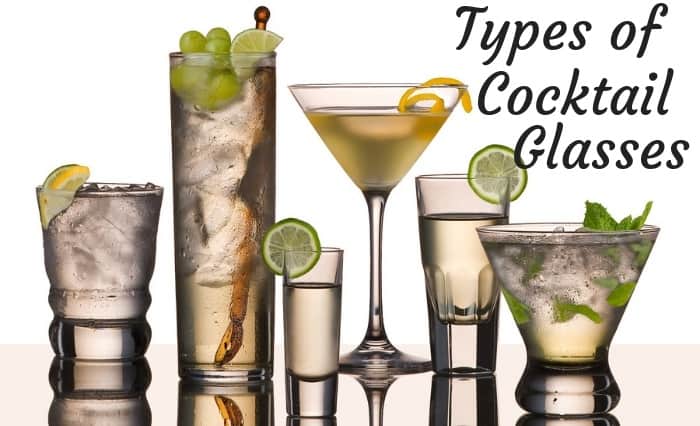
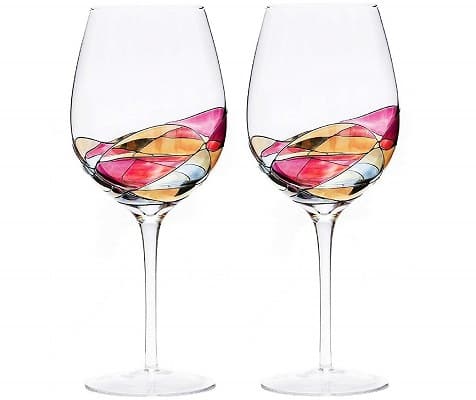
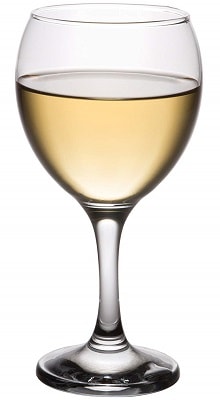
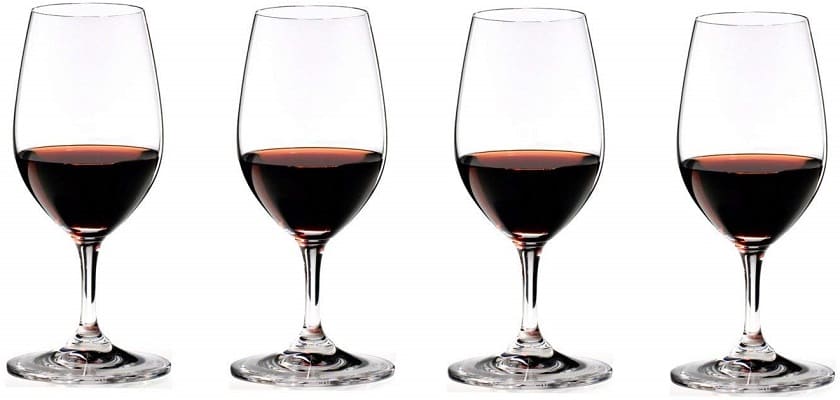
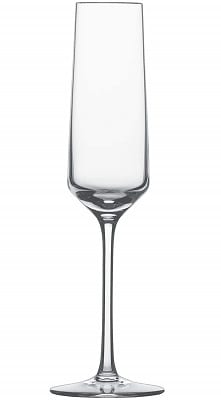
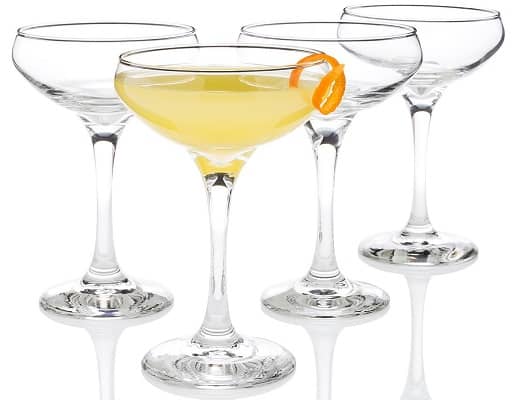
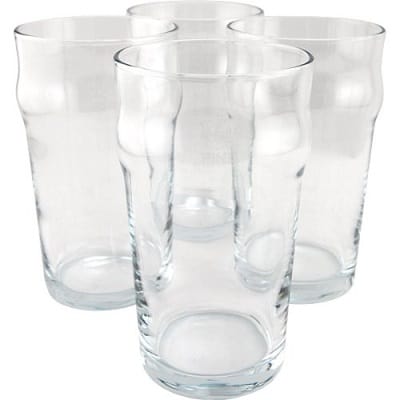
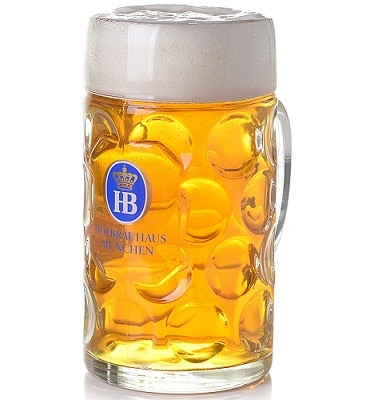
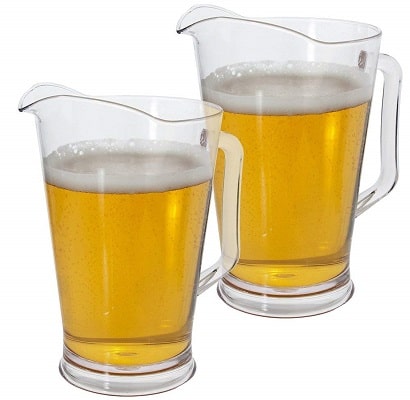

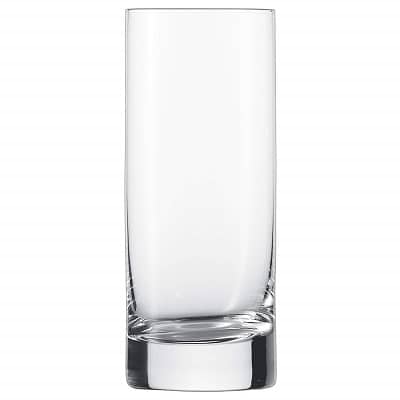
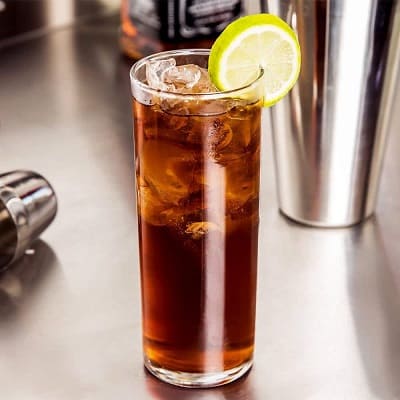
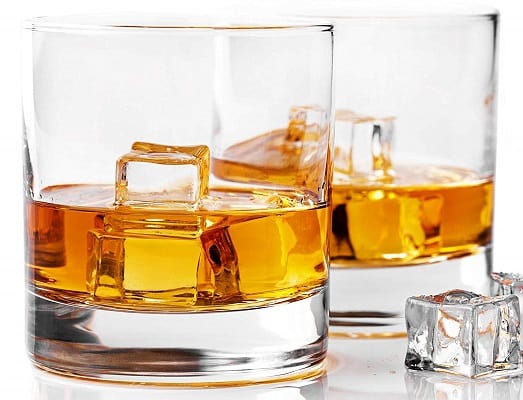
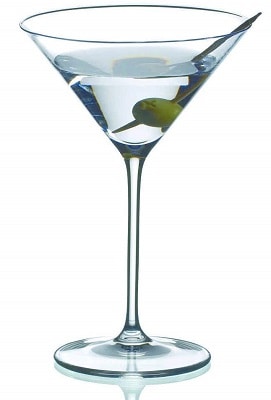

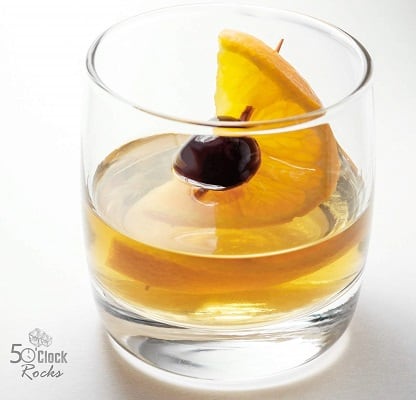
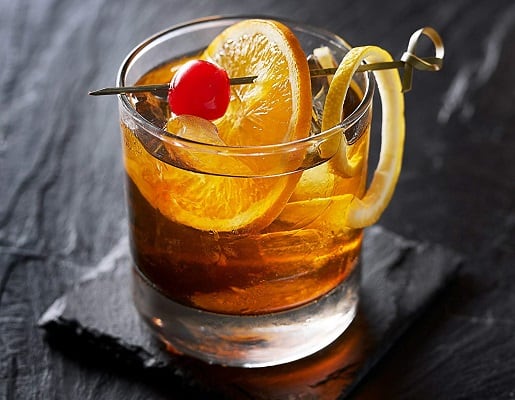
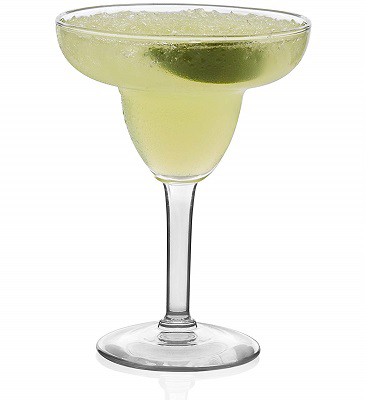
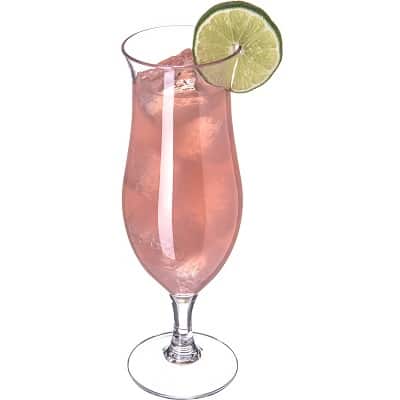
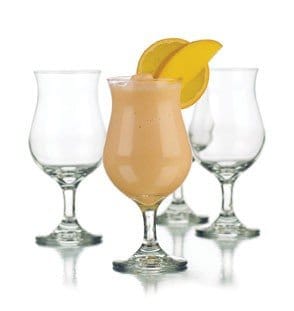
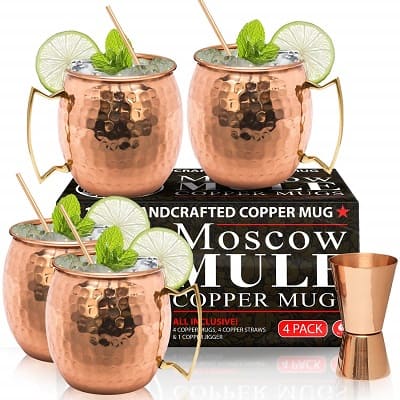
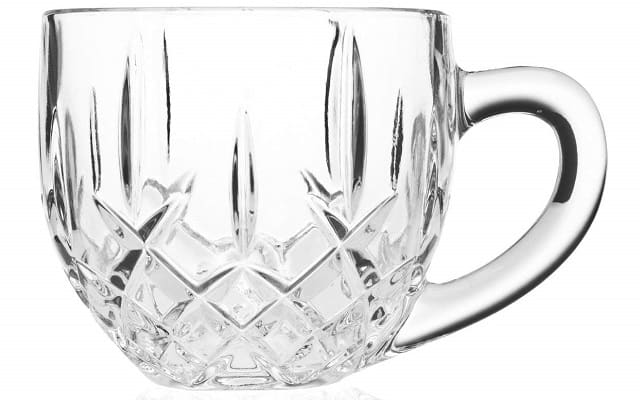
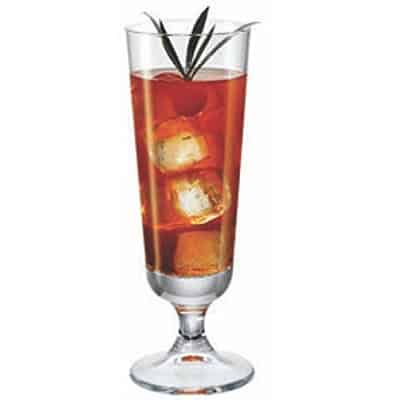
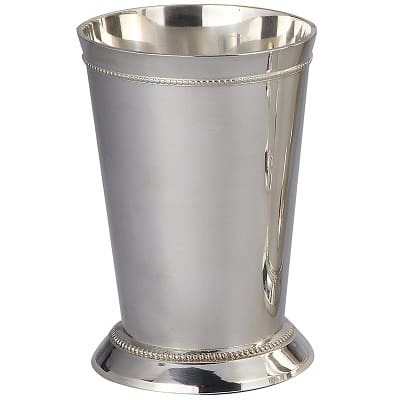
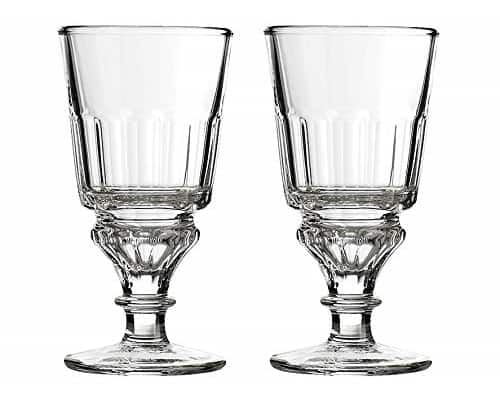
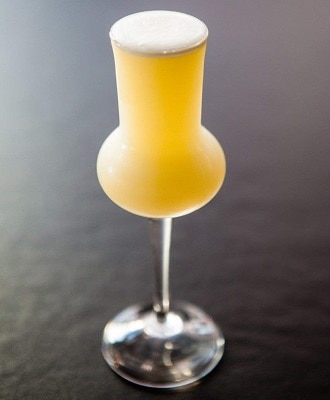
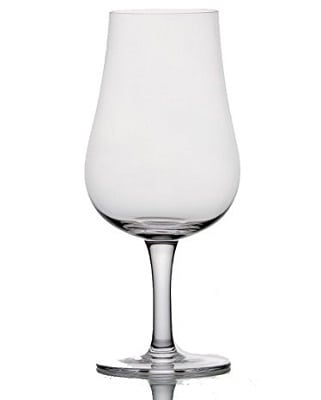
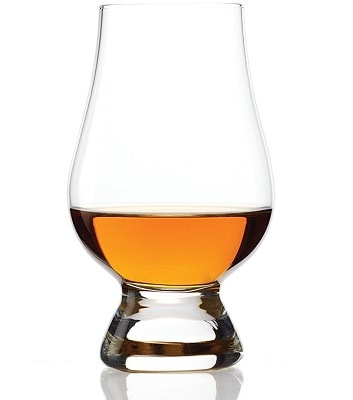
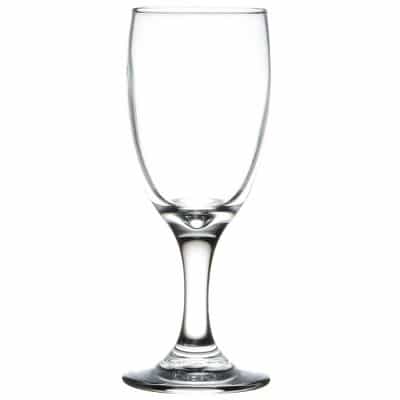
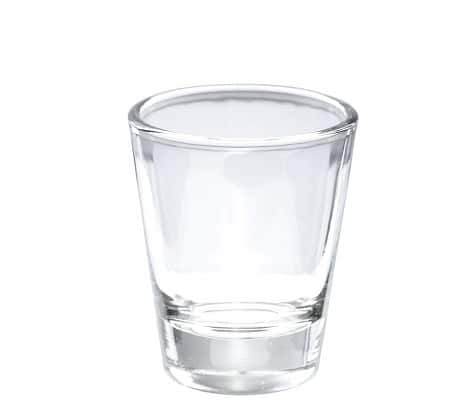
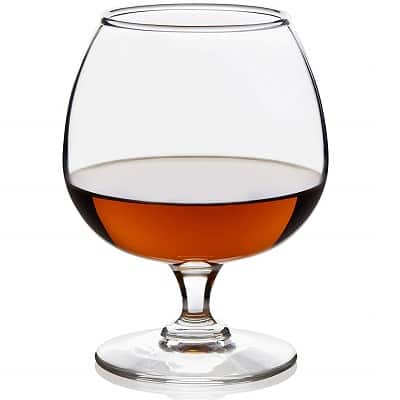
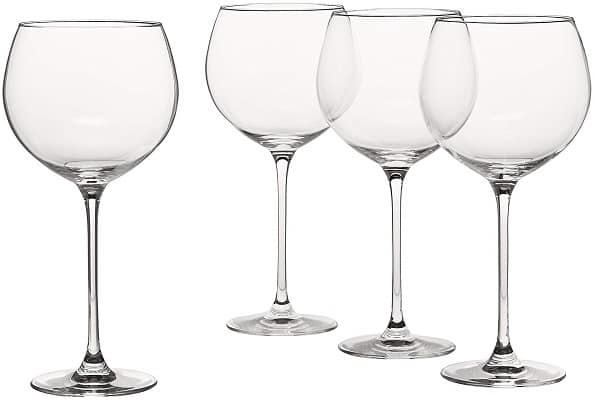
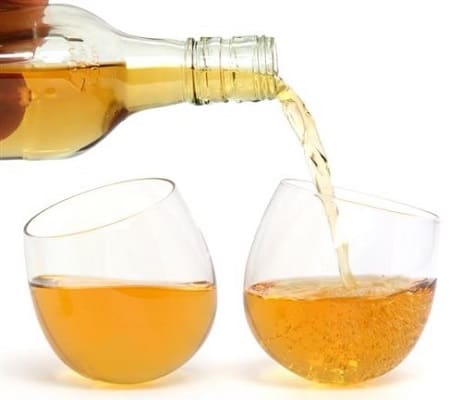
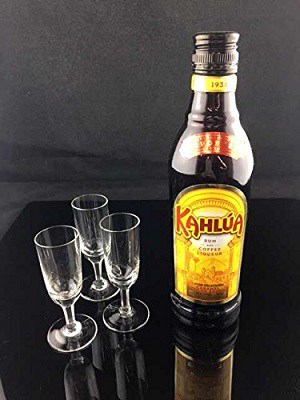
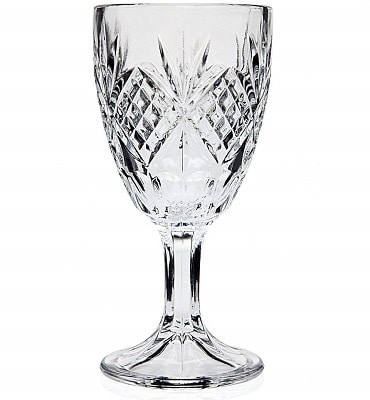
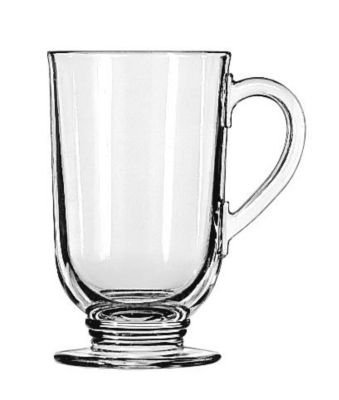
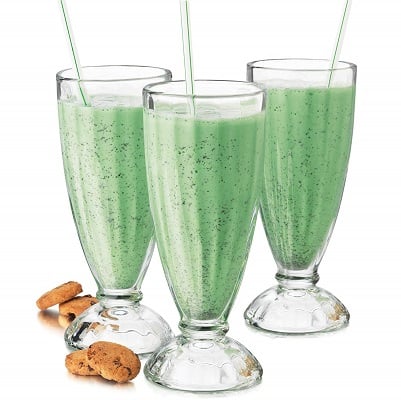
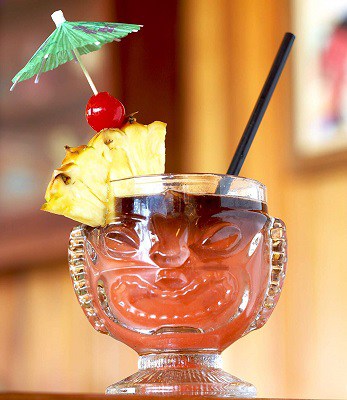
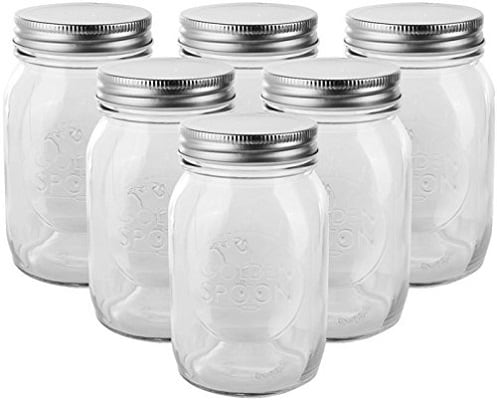
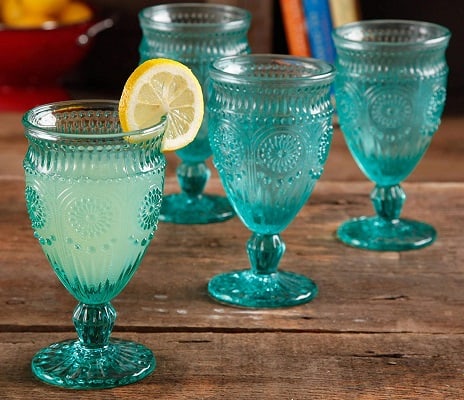
Also add the Nick and Nora glass.
https://loisaidanest.com/2012/03/19/the-quest-for-the-nick-and-nora-cocktail-glass/